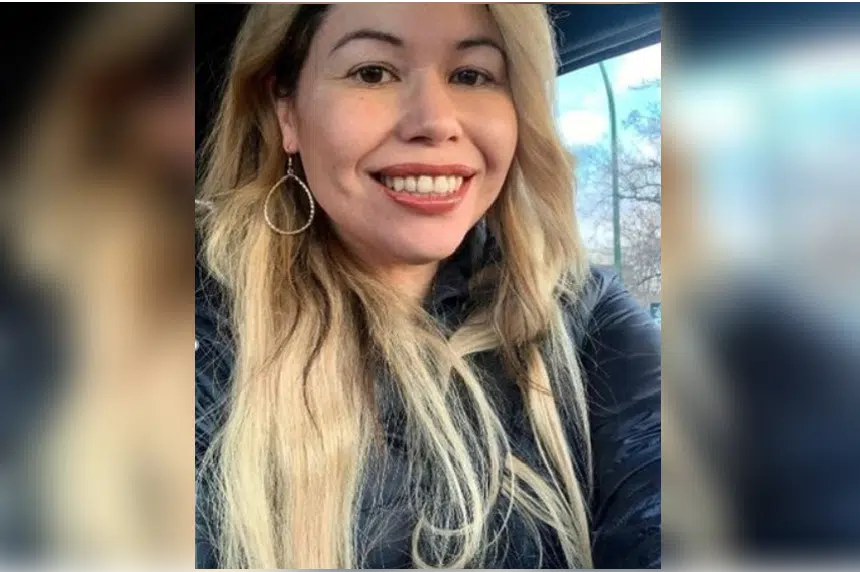Dawn Walker’s disappearance and subsequent arrest in Oregon resonated with private investigator Steven Rambam.
“This case is such a stereotypical case, with every component that you see in all types of missing persons cases, that I’m actually going to steal it and use it for training that we provide for new investigators and new detectives,” Rambam told Gormley on Tuesday.
Walker, 48, faces criminal charges in the United States and in Canada following a two-week-long search for her and a seven-year-old boy.
The pair was last spotted in Saskatoon on July 22. A few days later, Walker’s red pickup truck and some personal items were discovered at a park on the outskirts of the city, triggering a massive search and concern for the safety of Walker and the boy.
The search ended Friday when Walker and the boy were found in Oregon City, Ore.
According to an affidavit filed by Homeland Security Special Agent Clinton Lindsly, Canadian investigators asked Homeland Security in Portland last Thursday to help find Walker.
Lindsly’s affidavit — which can be seen below, courtesy of Global Regina — lays out an intricate plan allegedly hatched by Walker as part of a custody dispute.
It involves stolen identification documents, cheques written on a bank account to a woman who had no knowledge of them, and handwritten documents laying out an escape plan.
After investigation by Saskatoon police and Homeland Security, Lindsly detained Walker at a rental unit in Oregon City.
On Monday, Saskatoon police said Walker used false identity documents to illegally cross into the United States. Police say they followed the trail of evidence to figure out Walker and the boy were in Oregon.
Rambam said technology likely played a huge role in allowing law enforcement to find Walker quickly. It has worked well in similar cases before.
“It’s really not hard at all and it takes almost no manpower,” Rambam said. “You just tell Big Brother where to look and Big Brother starts trying to do photo-matching and as soon as it gets a hit, it lets you know.”
Rambam said he has seen such schemes before, with people abandoning vehicles and leaving behind personal items in an attempt to fool people into believing there was an abduction or death.
But Rambam said disappearing without a trace isn’t an easy feat.
“The vast majority of people who fake their own death or manipulate a disappearance, fortunately they really don’t know what they’re doing,” he said.
“I will tell you that disappearing is a full-time job. You can’t ever talk to anyone you know again, you can’t go anywhere you’re known, you can’t do what you’ve being doing all your life. Whatever your profession is, you have to find a new one. Whatever your habits and hobbies are, you have to change them.”
Rambam also suggested schemes like this also aren’t something people can do alone.
“What’s going to be really interesting is to see who facilitated all of this. There is, in my professional opinion, zero chance that (Walker) didn’t have one or more co-conspirators that got her out of (Saskatoon),” Rambam said.
The boy is back in Saskatchewan with his father, according to Lindsly’s affidavit. Walker remains in police custody in the U.S.
The complete interview with Rambam can be heard here.











